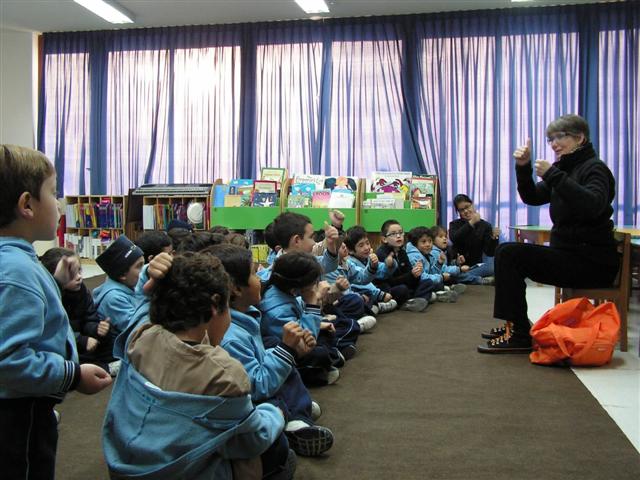Grimm for Grownups for Humanities Kansas
/Last year I joined the Humanities Kansas Speakers Bureau, offering my program Grimm for grownups. It’s a different kind of program for me, involving more lecture and discussion, and as the title implies, it’s not for young kids. The organization subsidizes the performances so that far-flung communities will have access to interesting programs. Here’s what they say about what they do:
We believe that stories carry our culture and ideas change the world
Since our founding as an independent nonprofit in 1972, Humanities Kansas has pioneered programming, grants and partnerships that share stories to spark conversations — drawing people together and generating new ideas. These stories and ideas inspire each of us in Kansas to play a part in strengthening our communities and our democracy.
My program feels like a good fit. So far, I’ve enjoyed working with Humanities Kansas. Earlier this year I did the show in Goodland and Oakley, Kansas, for two very different audiences.
The backdrop to my storytelling at the Goodland Public LIbrary. In Lawrence I live a half block from the train tracks, so I felt right at home.
In Goodland, I had an evening performance for about twelve women. I told a mixture of Grimm tales, from the truly gruesome Juniper tree to the story Cat and mouse, which I also tell to children (though it has a bad end for the mouse), along with other tales. I talked about the Grimms themselves and why they collected stories, how they edited them, what was happening in the world at the time, and more. Discussion was lively, veering off into the art of storytelling in general. It was great fun!
In Oakley, the performance was in the afternoon. Along with the crowd of older folks, there was a group of high school students, mostly boys. These kids came a little early, so I told an extra story. It’s vitally important to engage kids immediately, or they’ll check out. Hmm, that goes for everybody, but adults are better at hiding boredom. At any rate, I told them a gruesome English folktale, Mr. Fox, a version of Bluebeard. During the program itself, I told a Grimm version of the same story, The fitcher’s bird, as well as the stories I told in Goodland.
As in Goodland, the Oakley audience listened intently. They had lots of comments and questions about the lecture material. Our discussion ranged widely, and included two of the students telling short scary stories. When we talked about storytelling, I mentioned The ghost with the one black eye, the story for children I’m best known for. One of the adults called out, “Tell it!” After checking with the teachers that I could keep the kids past the hour, I did. A student raised his hand and said, “My mom used to play us a cassette with that story.” He recognized my voice., too. I put that cassette out in 1996!
After the performance, the librarian served gingerbread and apple slices, shades of Hansel and Gretel, Snow White and The Juniper Tree! The whole experience was excellent.
I’m looking forward to presenting Grimm for growunups later this year in Coffeyville, Wichita and Dodge City, and I hope elsewhere. For more info on booking this program, check out the Humanities Kansas Speakers Bureau.























































































